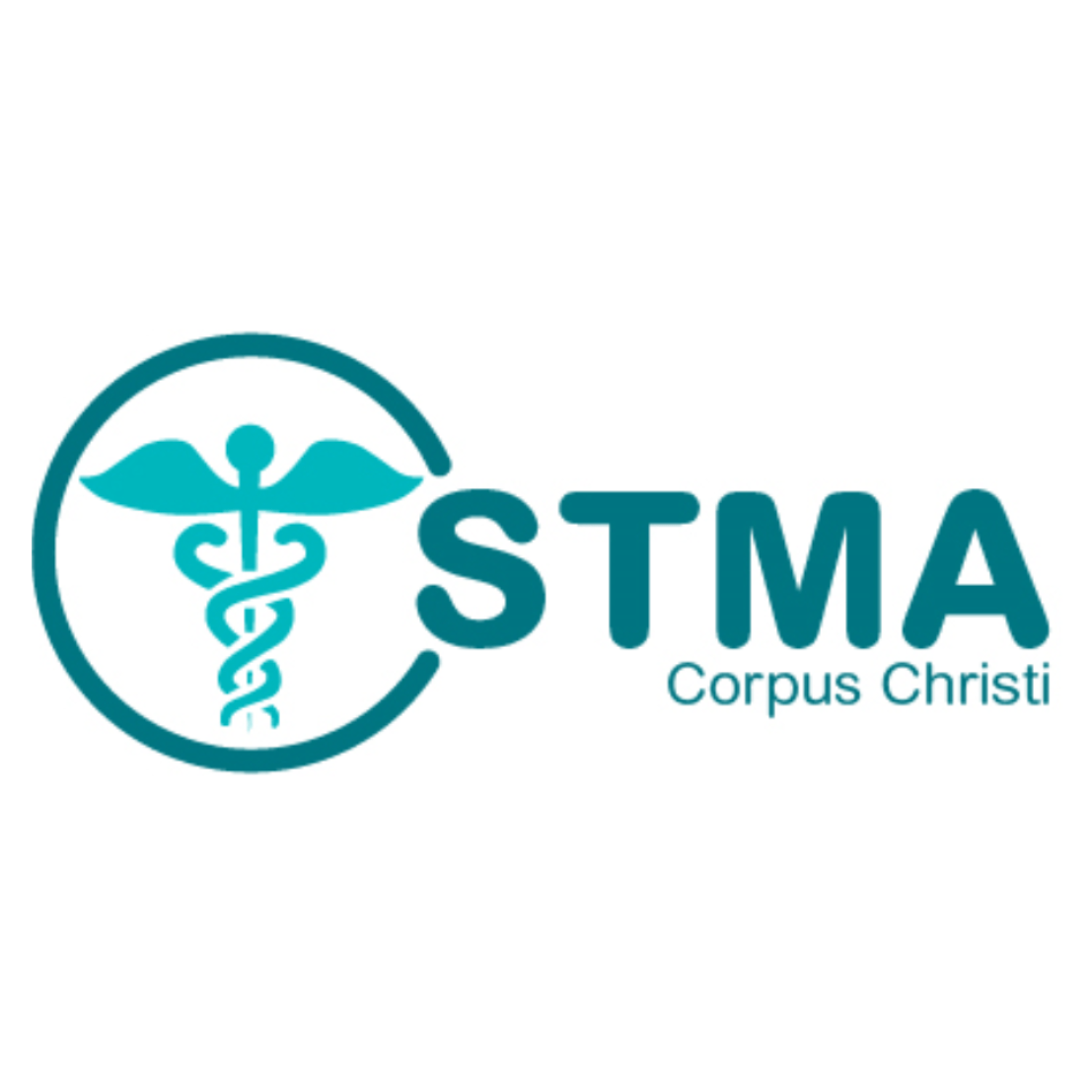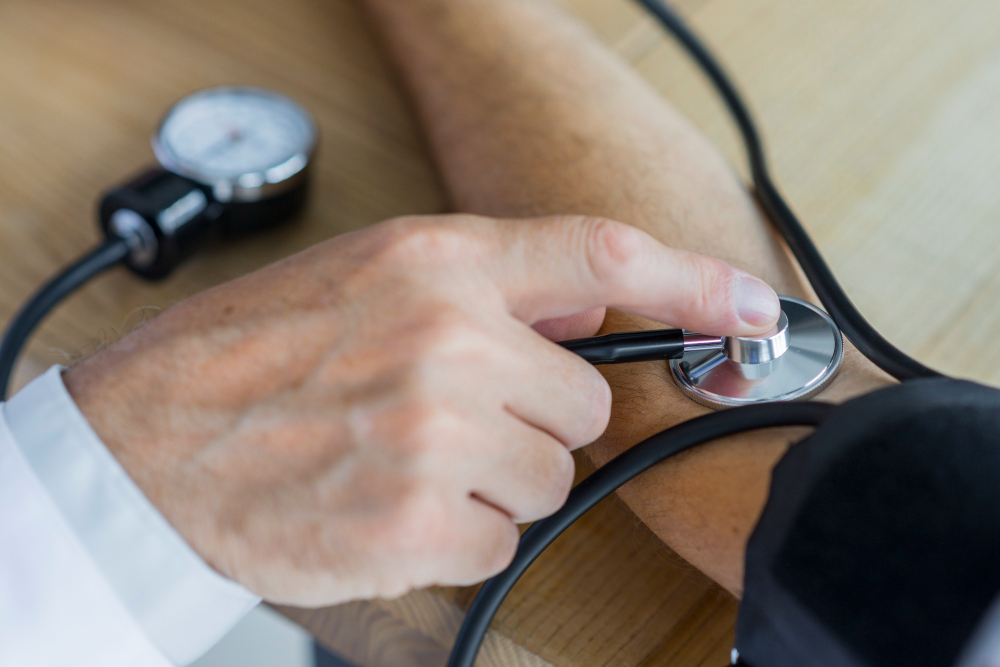When you visit your primary care physician, one of the routine checks they’ll perform is measuring your blood pressure. It’s so routine that you might not even think about what the reading means.
But what do those numbers mean, and why are they important? When you understand the basics of blood pressure and its significance, you can play a more active role in your health.
Blood Pressure Basics at a Primary Care Physician
Your primary care physician always measures your blood pressure because it’s such an important vital sign. Blood pressure is the force exerted by circulating blood against the walls of the body’s arteries, the major blood vessels.
It’s a critical indicator of someone’s heart health and overall well-being. Since it’s a huge indicator of your overall health, that’s why primary care physicians prioritize taking these vital when you arrive at the doctor’s office or hospital.
Blood pressure readings are two numbers. An example of a blood pressure reading is 120/80 mmHg (millimeters of mercury). Each number represents something different:
- Systolic Pressure: The first (top) number measures the pressure in your arteries when your heart beats.
- Diastolic Pressure: The second (bottom) number measures the pressure in your arteries when your heart rests between beats.
Blood Pressure Readings at a Primary Care Physician and What They Mean
Just knowing what the numbers do won’t do you any good. Here’s a quick guide to what these numbers mean about your blood pressure:
- Normal: Less than 120/80 mmHg
- Elevated: Systolic between 120-129 and diastolic less than 80
- Hypertension Stage 1: Systolic between 130-139 or diastolic between 80-89
- Hypertension Stage 2: Systolic at least 140 or diastolic at least 90
- Hypertensive Crisis: Systolic over 180 and/or diastolic over 120 (requires immediate medical attention)
Why Blood Pressure Matters to Your Primary Care Physician
High blood pressure, or hypertension, is often called the “silent killer” because it typically has no symptoms but can lead to serious health issues if left unchecked and untreated.
Risks of High Blood Pressure
You don’t want ever to have high blood pressure, but many people experience it at least once in their life. Even if they experience it, it’s not always to a life-threatening extent. Consistently high blood pressure is the main issue. Consistently high blood pressure can cause:
- Heart Disease: High blood pressure can cause heart attacks, heart failure, and other heart-related issues.
- Stroke: Increased pressure can lead to blockages or bursting of arteries that supply blood to the brain.
- Kidney Damage: Hypertension can cause damage to the arteries around the kidneys, affecting their ability to filter blood effectively.
- Vision Loss: High blood pressure can damage the blood vessels in the eyes, leading to vision problems.
Low Blood Pressure
Low blood pressure, also called hypotension, is far less common. Even though it’s less common, it’s still important to know about because it can be dangerous. It can cause things like fainting, dizziness, and even shock in more severe cases.
Factors Affecting Blood Pressure
Lifestyle
- Diet: High sodium intake can raise blood pressure, while a diet rich in potassium, magnesium, and fiber can help control it.
- Exercise: Regular physical activity strengthens your heart, making it more efficient at pumping blood and lowering your blood pressure.
- Weight: Being overweight can increase blood pressure. Losing even a small amount of weight can help reduce it.
- Alcohol and Tobacco Use: Both can raise blood pressure. Limiting alcohol and avoiding tobacco are essential for maintaining healthy levels.
- Stress: Chronic stress can contribute to increased blood pressure. Managing stress through relaxation techniques, exercise, and adequate sleep is essential.
Genetics and Health Conditions
- Family History: Hypertension often runs in families.
- Age: Blood pressure tends to increase with age.
- Chronic Conditions: Conditions like diabetes and kidney disease can affect blood pressure.
Monitoring and Managing Blood Pressure
Regular monitoring is essential for maintaining healthy blood pressure. Your primary care physician or internal medicine doctor can help you monitor your numbers and provide guidance on managing your health.
When to See a Primary Care Physician
You can monitor your blood pressure at home nowadays, but it’s no replacement for seeing a professional. It’s essential to check your blood pressure regularly with a healthcare professional, especially if you have risk factors for hypertension.
If you experience severe headaches, shortness of breath, or nosebleeds, seek medical attention immediately, as these can be signs of dangerously high blood pressure.
Lifestyle Changes for Healthy Blood Pressure
Maintaining a healthy lifestyle is vital to managing blood pressure. Here are some tips.
Diet
- Eat a Balanced Diet: Focus on fruits, vegetables, whole grains, and lean proteins.
- Reduce Sodium Intake: Aim to consume less than 2,300 mg of sodium daily, or even lower if your doctor recommends it.
- Limit Alcohol: It’s ideal to have no more than one drink per day for women and two for men.
Exercise
You should try to stay active. If you can, aim for at least 150 minutes of moderate aerobic activity or 75 minutes of vigorous activity each week. Along with muscle-strengthening exercises, this can greatly improve your overall health and blood pressure.
Weight Management
Maintaining a healthy weight is crucial for lowering blood pressure. Excess weight strains your heart and blood vessels, making it harder for your heart to pump blood efficiently. Losing even a small amount of weight can significantly impact blood pressure levels.
Weight loss can also enhance the effectiveness of blood pressure medications and improve cardiovascular health. A healthy diet combined with regular exercise is key here.
Stress Reduction
Stress may come and go, but it can harm your health and blood pressure. Chronic stress can lead to behaviors that increase blood pressure, such as overeating, smoking, and drinking alcohol.
Stress causes the body to release hormones like adrenaline and cortisol, which temporarily raise blood pressure. Incorporating stress-reduction techniques into your daily routine can help mitigate these effects.
Effectively managing stress can significantly contribute to healthier blood pressure and overall well-being.
- Practice Relaxation Techniques: Activities like yoga, meditation, and deep breathing can help reduce stress.
- Get Enough Sleep: Aim for 7-9 hours of quality sleep per night.
Medication and Treatment at Your Primary Care Physician
Your primary care physician may prescribe medication if lifestyle changes aren’t enough to control your blood pressure. Several types of blood pressure medications can help:
- Diuretics: Help your body get rid of excess sodium and water.
- ACE Inhibitors: Help relax blood vessels.
- Beta-Blockers: Reduce the workload on your heart.
- Calcium Channel Blockers: Help relax the blood vessels.
Your primary care physician or internal medicine doctor will work with you to determine the best treatment plan based on your needs.
Visit a Primary Care Physician at South Texas Medical Associates
Understanding your blood pressure numbers is a critical step in maintaining your health. Regular checks, a healthy lifestyle, and working closely with your healthcare provider can help you manage your blood pressure and reduce the risk of severe health problems.
Staying informed and proactive about your blood pressure is essential. Family physicians and internal medicine specialists are valuable resources in helping you understand and manage this vital aspect of your health.
We are accepting new patients at South Texas Medical Associates (STMA) in Corpus Christi. If you’re looking for dedicated primary care physicians or family doctors to help manage your blood pressure and overall health, we invite you to join our practice. Contact us today to schedule an appointment and take the first step towards a healthier you.





